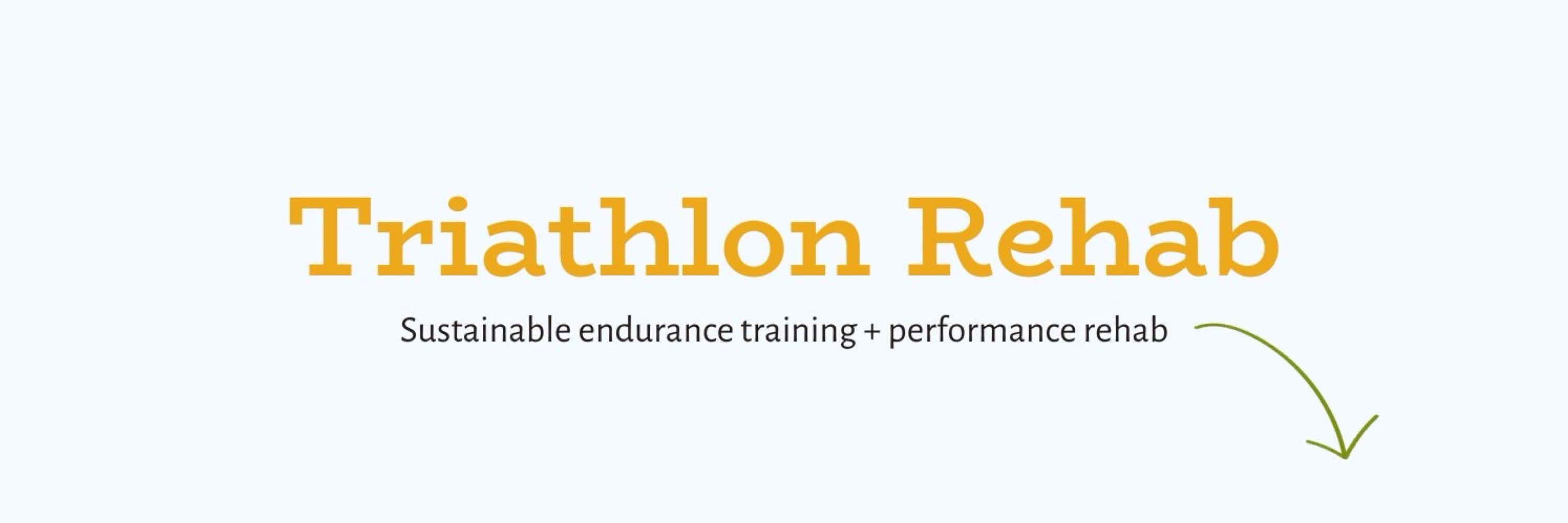
Chandler Scott
@chandlerscottpt.bsky.social
82 followers
22 following
630 posts
Find all things triathlon rehab + sustainable training | physio and coach | Former speed skater turned triathlete | Currently building http://triathlonrehab.com
Posts
Media
Videos
Starter Packs

